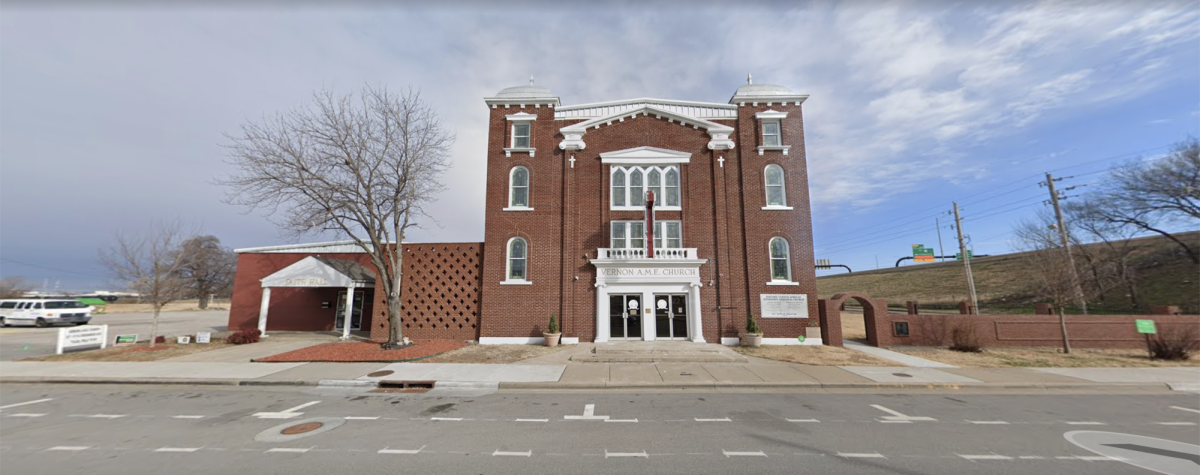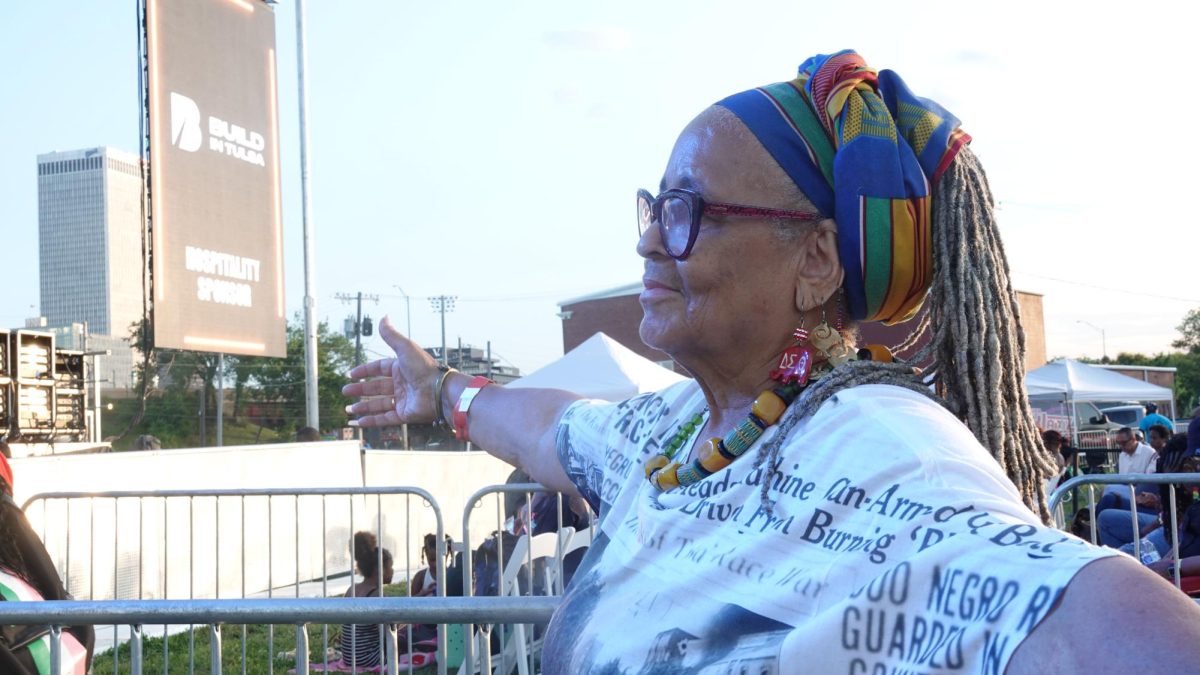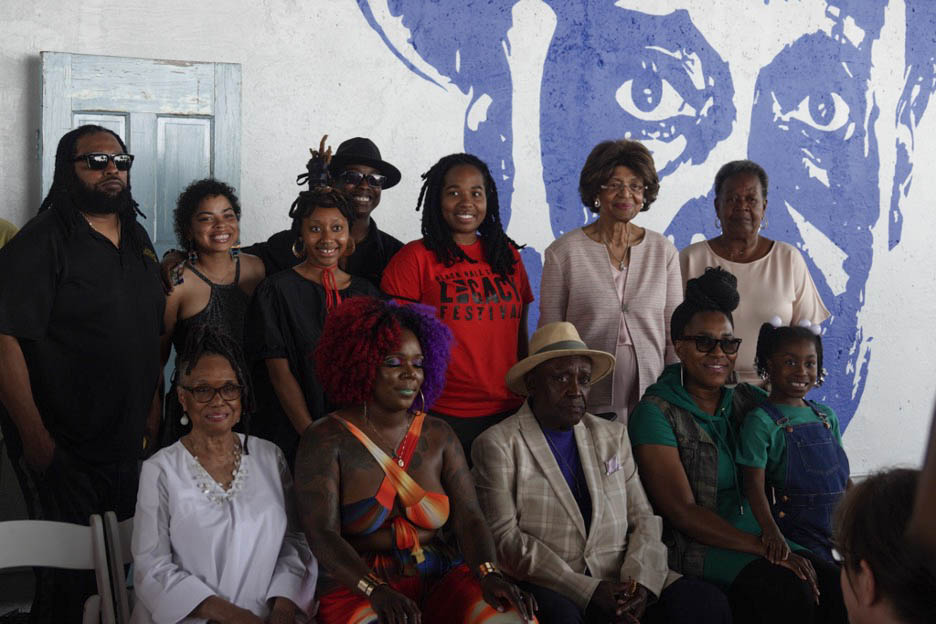MINNEAPOLIS AND TULSA, OKLAHOMA
The neighborhood surrounding 38th Street and Chicago Avenue in Minneapolis and the Greenwood district of Tulsa are communities that share a common bond through their endurance of systemic racial violence, and the power that faith plays as an integral part in the communities’ healing process.
“We think that the community needs healing and that’s what I think the church is for,” said Curtis Farrar, pastor of Worldwide Outreach for Christ Church. “To make sure that people understand that no matter what happens, God is still in charge.”
The Worldwide Outreach for Christ Church is on the corner of 38th Street and Chicago Avenue, the intersection where George Floyd died four years ago. Farrar emphasized that resilience is essential for the church and the influence it can have on the community.
“I’ve seen a lot of young men’s lives and women’s lives change around this corner. Gangbangers, people that were killers, whose lives were changed and transformed by the power of God,” said Curtis.
The power of faith enables the community to give back to itself in ways that external organizations cannot. Community-driven food donations run by the Worldwide Outreach for Christ are an example of vital services the church provides in tandem with the community.
Similar relief programs are also provided by the historic Vernon African Methodist Episcopal (AME) Church in Tulsa. During the Tulsa Race Massacre in 1921, the church’s basement was a refuge for numerous residents of the Greenwood District.
“I think about people being here going, Jesus, Jesus,” said Francetta Mays, assistant pastor for the church and president of the Tulsa chapter of the National Association for the Advancement of Colored People (NAACP). “They were scared, they were of one accord. That’s where Jesus shows up.”
To this day, iron poles in the church’s basement remain oily and slick from the fire’s heat in 1921.
Faith is what enabled the survivors of the Vernon AME Church to resume services the very next Sunday after the massacre. Though a local funeral home did not survive the destruction, the surviving handcrafted chairs inside were used for that Sunday service inside Vernon, where they remain to this day. In the days that followed the massacre, the church distributed medical and food aid to members of the community affected by the destruction of the Greenwood District.
The church still displays the Book of Redemption; a ledger detailing the contributions of every individual parishioner who gave funds in order to rebuild the church following its destruction in the race massacre of 1921. The only other copy of this book is located in the Smithsonian museum in Washington, D.C.
“All the wealth was gone from within the community, but those parishioners, they came back to give their nickels and dimes and quarters and pennies,” said Keith Mayes, the current pastor of Vernon Church. “It seemed like it was insignificant, but when you look at that book, you see every penny that they gave by their name. That’s how they rebuilt this church in only 11 years.”
“I think that every meaningful move that has happened in this country has started with the church, the community,” said Farrar. “People in the community just got fed up with it and said, ‘look, we need to return to God.’”
From Tulsa to Minneapolis, the concept of resilience is directly exemplified by the power of faith.
Return to the Voices of Resilience homepage.
Gaylord News is a reporting project of the University of Oklahoma Gaylord College of Journalism and Mass Communication. For more stories by Gaylord News go to GaylordNews.net.




